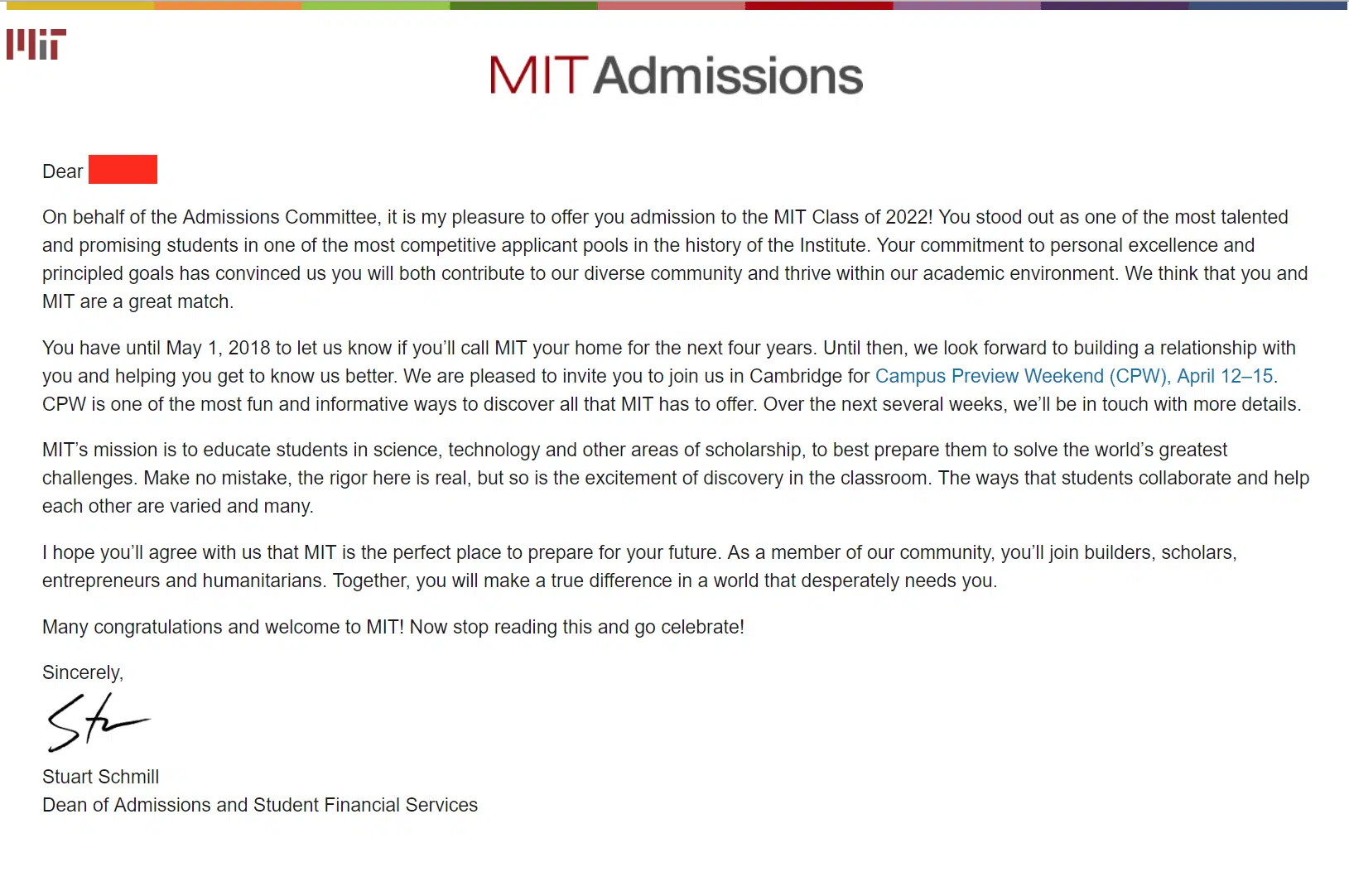

- ACCEPTANCE NOW APPLICATION HOW TO
- ACCEPTANCE NOW APPLICATION SOFTWARE
- ACCEPTANCE NOW APPLICATION PASSWORD
- ACCEPTANCE NOW APPLICATION FREE
Describing negative scenariosĪcceptance criteria may require the system to identify a weak password and prevent a user from continuing, for instance. Planning and estimatingĪcceptance criteria allow you to distribute user stories across tasks so they’re properly assessed and scheduled. Every acceptance criterion should be tested independently and have clear scenarios for success or failure. Streamlining acceptance testingĪcceptance criteria are the foundation of user story acceptance testing. They inform the development team about exactly what conditions must be met and ensure the client knows what to expect from the application. Reaching consensusĪcceptance criteria allow the development team to be on the same page as the client. They serve as a form of confirmation that the app is working as expected, which means the user story is complete.
ACCEPTANCE NOW APPLICATION FREE
Get a Free Consultation! Why do we need acceptance criteria? Defining boundariesĪcceptance criteria help the development team define the boundaries of a user story. Acceptance criteria tell you what needs to be done for a particular part of a product to be finished. Well-defined acceptance criteria provide a uniform view of the functionality you plan to implement.Īnyone should be able to walk up to a Scrum board, grab a product backlog item, read the acceptance criteria, and clearly see everything that needs to be completed for that particular item to be moved to the done column. Naturally, different people see the same problem from different angles. Writing acceptance criteria is important not only for establishing what the client expects of the product but for the development process.
ACCEPTANCE NOW APPLICATION SOFTWARE
Now, we need to make sure that user stories are completed correctly and accommodate the client’s demands.Īcceptance criteria are the conditions that a software product must satisfy to be accepted by a user, customer, or, in the case of system-level functionality, the consuming system.Īcceptance criteria are a set of statements, each with a clear pass/fail result, that can be measured and specify both functional and non-functional requirements.

“As a user, I want to search for a destination so I can book accommodation in a foreign city.”ġ0 mins to read Definition of acceptance criteria Let’s imagine how a typical user story might look for a product like Airbnb. Let’s take a look at how a user story might look.
ACCEPTANCE NOW APPLICATION HOW TO
Here’s how to write user stories and acceptance criteria:Īs a (user) I want a (feature) so that I can (satisfy a need). User stories consist of three parts: a persona of the user the story is being written for, a description of the feature the user requires, and an explanation of the need the feature satisfies. The product backlog is essentially a collection of user stories that informs the functional specification and the development of features for a particular product or service. User stories are used to define the product backlog in an Agile development workflow. When we start working on a new product, our team collaborates with the client to define user stories.Ī user story is a short, simple description of a product feature from the perspective of a person who wants to use that feature. User stories and acceptance criteria are responsible for representing how the end user will use your app and how your development team should execute each development task. If your product backlog lacks user stories and acceptance criteria - or if they’re not clearly defined - you risk your expectations not converging with reality. If you want to create an MVP, acceptance criteria is one of the most important things to thought through.

High-performing teams and organizations have these components in their product backlogs, and they know how to create them and use them effectively. That means we use Agile components like user stories and acceptance criteria. Here at Mobindustry, we operate with an Agile approach.


 0 kommentar(er)
0 kommentar(er)
